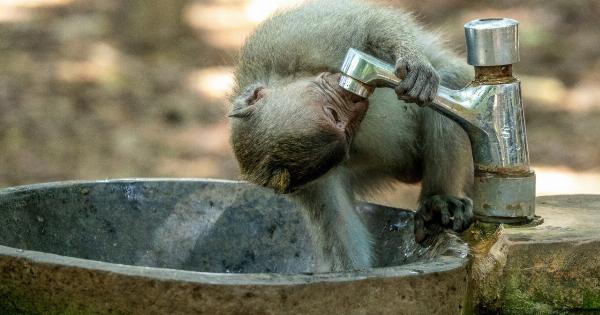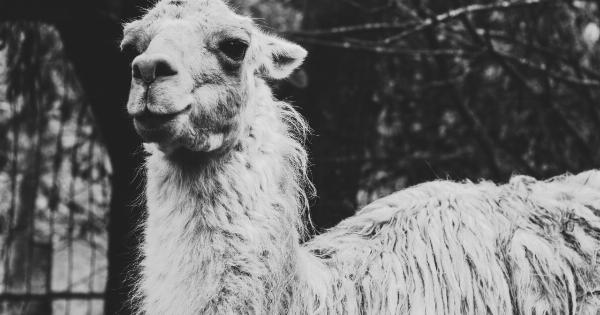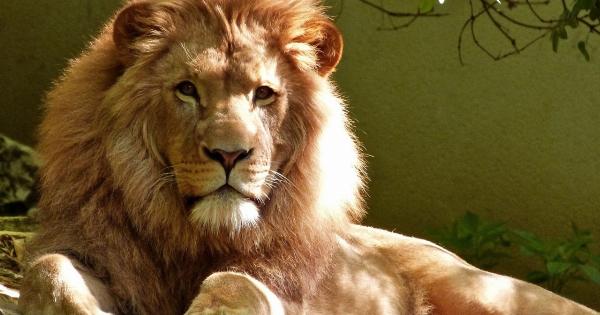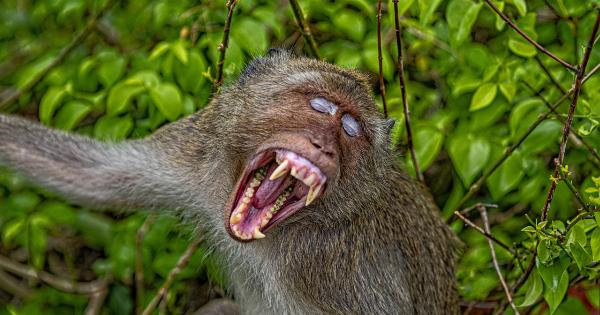Monkey pointing, a nonverbal form of communication where a primate points an outstretched arm or finger towards an object of interest to draw attention, has been observed in various species of primates in the wild.
However, recent studies have shown that monkey pointing may be more widespread and culturally transmitted in primate populations than previously thought.
What is Monkey Pointing?
In the animal kingdom, communication plays a crucial role in establishing social hierarchies, mating rituals, and survival strategies.
Primates, in particular, have evolved a complex system of vocal, visual, and olfactory signals to communicate with each other.
One of the nonverbal cues that primates use to direct the attention of others is pointing. Pointing involves extending an arm or finger towards a particular object, location, or event to indicate its location.
Humans use pointing regularly to communicate, and it has been shown that great apes, such as chimpanzees and orangutans, can also point with intention, although with some limitations.
Monkey pointing, on the other hand, has received less attention from researchers, partly because it is not as obvious as with apes.
Unlike apes, monkeys often point with their whole body, including head, eyes, and body gesture, instead of just their arms or fingers. Moreover, monkey pointing does not seem to be as tied to intentional communication as it is with apes.
Monkeys may point to objects of interest, but they may also point to attract others to their location, to intimidate competitors, or merely as a gesture of curiosity.
Widespread Transmission of Monkey Pointing
Recent studies have revealed that monkey pointing can be culturally transmitted across generations and geographical locations in different primate species.
This means that monkeys learn to use pointing not only from their parents but also from other members of their social groups and even from unrelated individuals living elsewhere.
For example, a study on wild vervet monkeys in South Africa found evidence of consistent, group-specific pointing gestures that matched the vocalizations used for different predators.
The vervet monkeys modulated their pointing gestures to signal different prey, such as eagles, snakes, and leopards, depending on their urgency and danger. The researchers concluded that the pointing gestures were not innate but rather transmitted culturally and learned from experience.
Similarly, another study on captive Japanese macaques showed that these monkeys could learn to use pointing gestures to indicate the location of hidden food rewards.
The macaques who observed a demonstrator using pointing gestures were more likely to use pointing themselves, and this behavior persisted over time and across generations, even with the removal of the original demonstrators.
Additionally, studies on wild capuchin monkeys in Brazil and Costa Rica have shown that these primates use a range of pointing gestures to signal different objects, actions, and social cues.
The capuchin monkeys’ pointing gestures were not idiosyncratic but rather shared across different populations, indicating that they are culturally transmitted rather than individually invented.
Implications of Monkey Pointing
The widespread transmission of monkey pointing among primate populations has several implications for our understanding of animal communication, social learning, and culture.
First, it suggests that pointing has evolved independently in multiple primate lineages, indicating that it is a valuable and adaptive means of directing the attention of others to salient stimuli.
Second, it highlights the importance of social learning and cultural transmission in primate communities.
The fact that monkeys can learn to use pointing gestures from different individuals and groups suggests that they are capable of imitating and innovating with novel behaviors, even if they are not genetically related. This finding challenges the traditional view that only humans have the cognitive and cultural capacity to transmit and acquire symbolic knowledge and language.
Finally, the study of monkey pointing can also provide insights into the evolution of human communication and cooperation.
As primates more closely related to humans, such as great apes and monkeys, are shown to possess more sophisticated communicative and problem-solving abilities, it raises questions about the origins and nature of our own species’ linguistic and cultural evolution.
Conclusion
In conclusion, the widespread transmission of monkey pointing is an exciting area of research that sheds light on primate communication, social learning, and culture.
The evidence that monkeys can learn to use pointing gestures from others and that these behaviors persist across generations and geographical locations suggests that primate cognition and culture are more complex and diverse than previously known. The study of monkey pointing can also offer valuable insights into the evolution of human communication and cooperation and may help us better understand the origins and nature of language and culture.





























